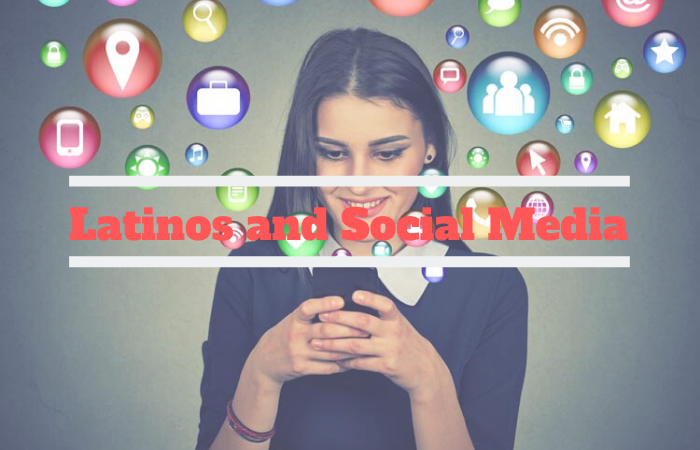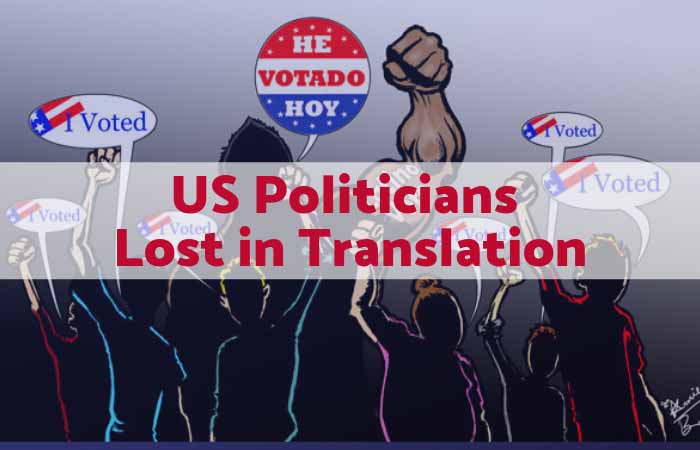From September 15 to October 15, the United States marks National Hispanic Heritage Month to celebrate the achievements of the Hispanic community along with its history and culture. Initially introduced as Hispanic Heritage Week in 1968, it was expanded into Hispanic Heritage Month in 1988, with the start date of September 15 being chosen because this was when the Hispanic countries Costa Rica, El Salvador, Guatemala, Honduras and Nicaragua declared their independence in 1821. Mexico and Chile also declared their independence in September, on September 16 and 18 respectively. While the date was chosen due to these events, it celebrates Hispanic heritage of all backgrounds.
What Is the Significance of Hispanic Heritage Month?
Since its foundation, Hispanic Heritage Month has regularly featured everything from parades to presidential addresses to mark the occasion, and as the Hispanic community in the United States grows, it is looking to become an ever more important event.
At present, 60 million Hispanic people are living in the United States, some 20% of the country’s population, a figure that is predicted to grow to 111 million by 2060, having already become the largest minority group in the country. This celebration is an invaluable and increasingly unignorable opportunity for content creators and businesses alike to show their support for the community and win over loyal Hispanic customers – the most brand-loyal group in the United States.
Hispanic Americans, however, are a diverse group, with family backgrounds coming from all over the Hispanic world and there being vast differences between Cubans in Florida, Puerto Ricans in New York, and Mexicans in California. The Hispanic heritage of the United States goes far beyond immigration, with many states once also being part of Mexico or the Spanish Empire, and some cities being predominantly Spanish speaking, like Miami where 70% of the population are native Spanish speakers.
The influence of Hispanic heritage on the United States is undeniable yet is an often overlooked part of the country, something that is going to become harder to ignore for those looking to succeed in everything from marketing to politics in the future of the United States.
What Is the Difference Between Hispanic and Latino?
While the terms Hispanic and Latino are often used interchangeably in the United States, they actually have very different meanings. Latino refers to someone from Latin America, including both Spanish and Portuguese speaking countries, due to them both being Latin-based languages. Meanwhile, Hispanic refers specifically to Spanish speakers.
While many often have a fixed view of what a Hispanic person looks like, the Hispanic community is incredibly diverse, including black and indigenous Hispanic people who are often overlooked in such definitions. They are both rather generalizing terms and a better approach still is to be aware of the unique cultures and heritage of each unique group.
What’s the Best Approach for Communication with the Hispanic Community?
The best approach for communicating with the Hispanic community is the same as for any group, which is to show respect and understanding. This means taking the time to show you understand them as a group and respecting the Spanish language and any traditions, while also being aware of the differences within the community. As such, it is best to use content that has been professionally translated and culturally adapted.
If machine translations are used, the use of which should be avoided, they should at least be proofread. Not doing so shows a disrespect that risks harming your relations and therefore your goals with the Hispanic community.
First, you should learn about the intricacies and issues in the Hispanic community, taking the time to research the group and plan what you want to say. Hiring someone to help out with this often-difficult process will have better results for both you and your consumers.
As part of content adaptation, it’s also worth adapting social media platforms for the Hispanic community, instead of using a mix of Spanish and English on the same platform and hoping that the poor-quality automatic translation tools will take care of the rest. Creating unique content will show respect for the community and that you value them as much as your English-speaking audience.
It’s not just about the language, it’s also about showing support and awareness in a way that some rival businesses may not, thus losing valuable customers. This is something Transpanish can help you out with, by providing natural and well-adapted content on social media platforms to ensure that you get the most engagement and success possible with your target community, and by providing you accurate Spanish translations for your documents and all types of texts.













